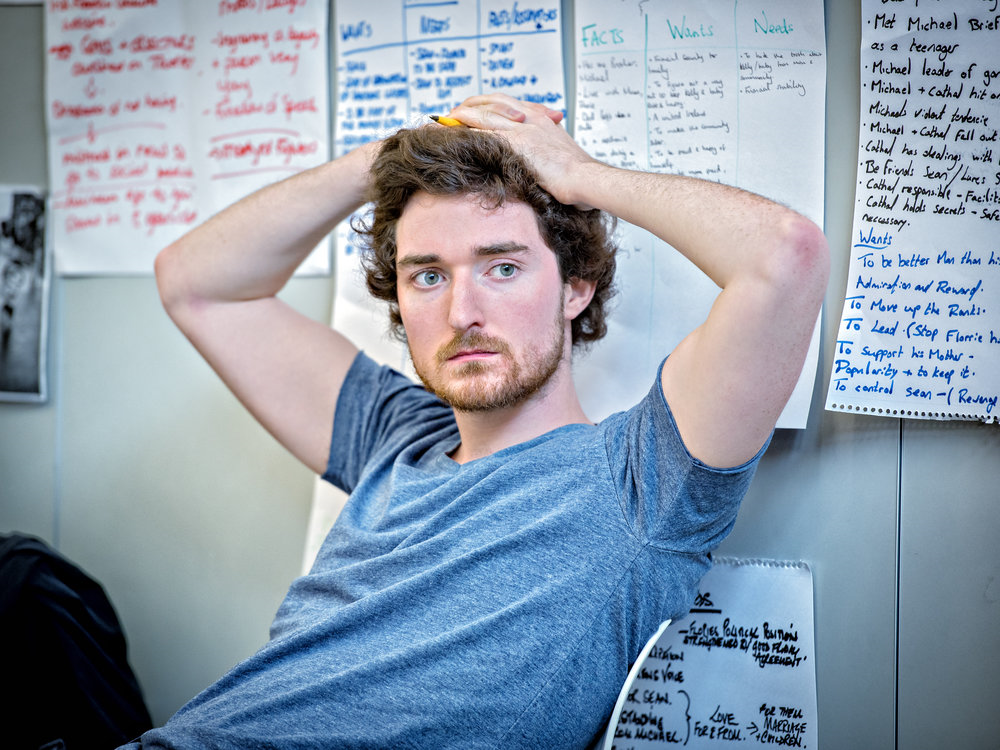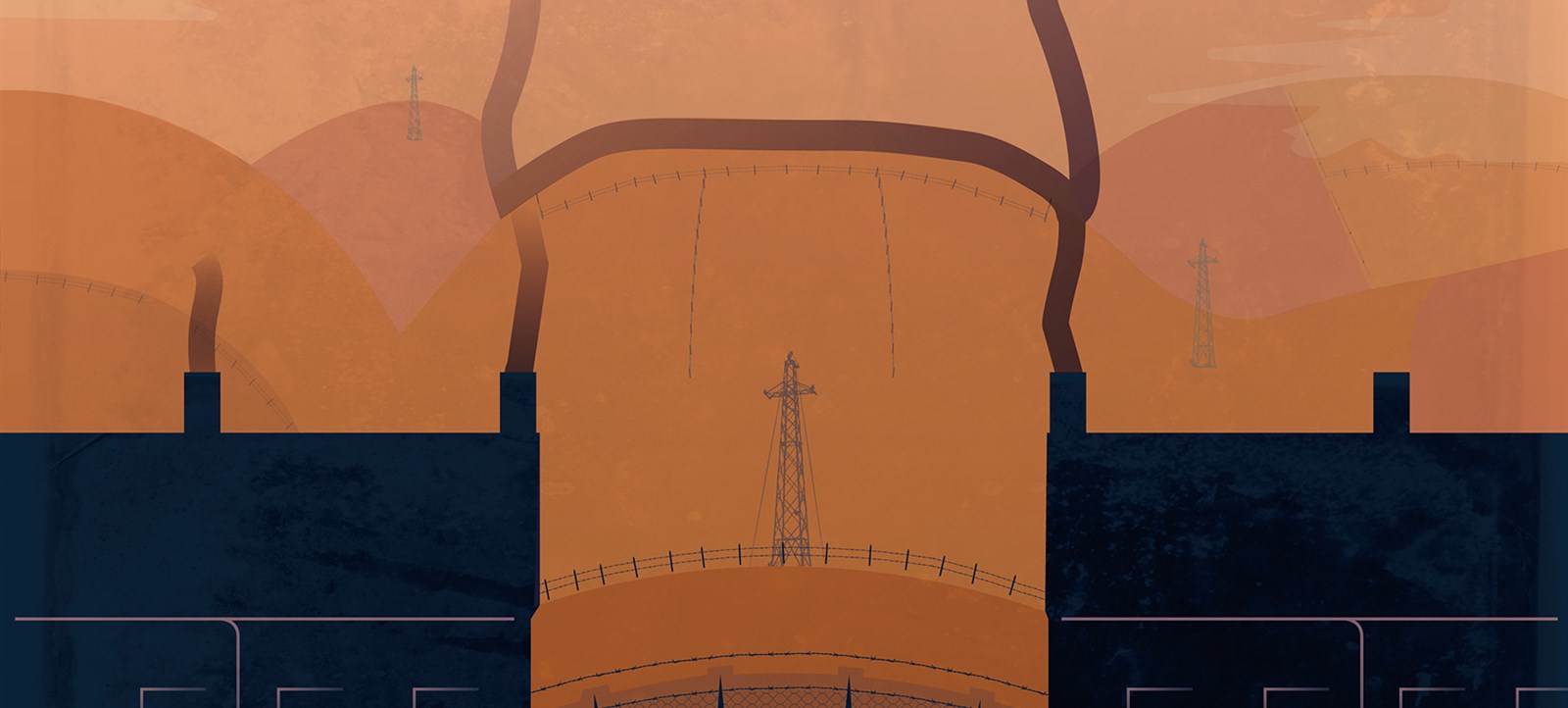
It is 20 years since the Good Friday Agreement brought an end to a thirty-year period of violence in Northern Ireland, commonly referred to as The Troubles, between the mainly Roman Catholic nationalist community who wanted Northern Ireland to be part of the Irish Republic, and the mainly Protestant unionist community who wanted the country to remain part of the United Kingdom.
Looking back, it seems strange to think that the Irish Republican Army (IRA) and their unionist counterparts undertook within the British Isles a campaign of violence using bombs and bullets which left more than 3,500 people dead and many more injured. The murders victims included members of the Royal Family, Members of Parliament, celebrities, off duty members of the armed forces in the UK and Germany and ordinary people just doing everyday activities.
At the time, an Irish friend told me that the two communities of Northern Ireland had more in common with each other than they did with the people of either the Irish Republic or the rest of the United Kingdom. Needless to say, as was proven by the other Irish people in the room at the time, the divide in the North was so entrenched that her view was not acceptable to either community. Yet this is perhaps the main question that was never answered about the Northern Ireland. What was it that turned ordinary people into people who were prepared to murder in the name of a political aspiration?
It is a question that is being asked nowadays in the context of the violence that is perpetrated by ordinary people against innocent people by terrorists who claim to be acting in the name of Islam.
What is it that inspires an ordinary person to kill themselves in the process of killing other people?
This is the question that the Buglight Theatre production of Marching on Embers a new play by Irish heritage of Leeds writer Chris O’Connor, directed by Ruth Carney, which began life as an exploration of the Northern Irish heritage of Buglight Theatre’s co-artistic director Richard Galloway and was researched with current teenagers in Ballymena, Northern Ireland, sets out to explore.
It is 2019 and the United Kingdom and Northern Ireland are leaving the European Union. It seems like a simple enough thing to say, but not in Northern Ireland.
The problem is that the Good Friday Agreement which brought peace by acknowledging the similarities between the unionist and nationalist communities used the four freedoms of the European Union to make it possible to remove the hard border between the kingdom and the republic. Brexit may mean that it must be reinstated. Tony Blair who was Prime Minister of the UK when the Agreement was signed has suggested that it will now need to be rewritten.
With the potential reinstallation of the hard border there is a risk that the terrorist threat may re-emerge.
We join two generations of the same family, Florie Connolly and siblings Sean and Sinead as they reunite in their family home. A fractured post-Brexit political landscape has created a sense of fragility to the peace across the different communities. There is a clear risk that the rifts of the past may begin to tear the foundations of this prominent Republican family apart, when one of them re-joins the struggle against the age-old enemy of the Irish people.
Marching on Embers started as an investigation of personal heritage but evolved into what I have been told is an exploration of how the actions of the past haunt the future of today’s young people and an examination of what entices someone, especially young men into violence in pursuit of their views, whilst female voices are so often drowned out in periods of struggle.
You can expect a powerful, and challenging storyline as Marching on Embers sets out to show how family bonds, are challenged by other loyalties, romanticism and politics. All things that are essentially intangible ideas, which we give extraordinary power to so that they become seductive enough to be able to drive all sorts of people to both live for them, and sadly not just die for them, but also kill other people in the name of those ideas. I cannot help but think that it will give me, a committed pacifist, a fresh perspective on questions that are being asked around the world, right now, about what causes someone to be radicalised and what exactly is it that makes a life of violence and a violent early death so alluring to so many.
Performed entirely by a Northern Irish cast, including Richard Galloway, Maggie Hayes, who has been in Game of Thrones, Barry Calvert and Christine Clare. The genuineness of their voices and their experiences is bound to bring an authenticity to Marching on Embers that will, I expect, create an emotional experience for both cast and audience, regardless of whether or not you remember the Troubles.
MARCHING ON EMBERS has been developed with the support of Square Chapel, Sheffield Theatres and Arts Council England.
You can see Marching on Embers at these venues across the North of England
20 September – CAST, Doncaster, 7.45pm, £10.50 (£9 concs). Tel: 01302 303959
23 September- Seven Arts, Leeds, 8pm, £10. Tel: 0113 262 8777.
29 & 30 September- Harrogate Theatre, 7.45pm, £12.50, £10.50. Tel: 01423 502116.
4 October- Oldham Library, 7pm, £5 Tel. 0161 770 8000
5 October- Square Chapel, Sheffiled 8pm, £12, £10 concs. Tel: 01422 349 422.
6 October- Bradford Playhouse, 7.30pm, £12, £10 concs. Tel: 01274 800415.
7 October- The Lantern Theatre, Sheffield, 7.30pm, £12, £10 concs. Tel: 0114 255 1776.
